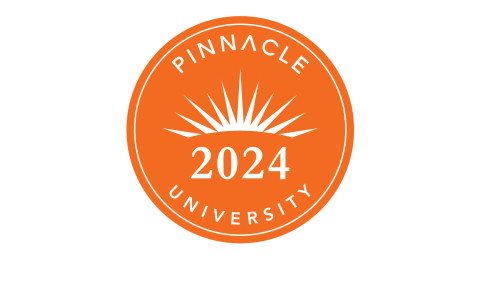
How ASOP No. 41 and Peer Review Protect Actuarial Work Product
The Actuarial Standards of Practice (ASOPs) are a set of standards developed and promulgated by the Actuarial Standards Board (ASB). They are the guiding principles of actuarial practice and are intended to improve the quality of actuarial services. ASOPs should be familiar to all actuaries practicing in the United States. They cover a wide range of topics, ranging from specific practice areas to topics more general in nature (or, “cross-practice” ASOPs). Taken in combination with the practice of peer review, as discussed below, ASOPs are essential to the quality and reliability of actuarial work product.
Perhaps one of the most common cross-practice ASOPs is ASOP No. 41 (ASOP 41) – Actuarial Communications. ASOP 41 gives guidance on essential communications associated with the performance of actuarial services. The current in-use version of ASOP 41 was last revised in 2010. An ongoing exposure draft revision was open for comment until November 1, 2022, however. The changes in that draft included:
- Updated definitions to provide clarity between communications, reports and documentation
- Updates to Section 3, Analysis of Issues and Recommended Practices, and Section 4, Communications and Disclosures, to improve clarity on which requirements would apply to all communications versus those that would apply only to actuarial reports
- Expanded specific guidance for actuarial reports to include a positive disclosure requirement for an assumption or method not selected by the actuary
So why discuss ASOP 41?
Simply, ASOP 41 is essential to the quality of actuarial work product. Communications are fundamental to what we do as actuaries. And ASOP 41’s focus on communications makes it one of the more frequently used and referenced actuarial standards. Another layer of ASOP 41’s importance is its concentration on the role of peer review (internal or external) in actuarial service. ASOP 41 states:
In the actuarial report, the actuary should state the actuarial findings and identify the methods, procedures, assumptions and data used by the actuary with sufficient clarity that another actuary qualified in the same practice area could make an objective appraisal of the reasonableness of the actuary’s work as presented in the actuary’s report.
In addition, Section 3.1.2 states:
(T)he actuary should take appropriate steps to ensure that the form and content (emphasis added) of the actuarial communication are clear and appropriate to the particular circumstance, taking into account the intended audience.
Some questions an actuary may ask regarding this include:
- Is the project scope clearly defined?
- Is the work product clear, and are the text and tables well-organized?
- Are all assumptions and methods specified, and are they reasonable for this assignment?
- Are the results, findings and recommendations reasonable and adequately supported by the analysis?
- Are reliances and limitations properly documented?
At Pinnacle, all actuarial work is required to be peer reviewed to maintain high professional standards and practices. We also work on a number of assignments involving peer review of actuarial products produced by outside parties, including rate filing reviews and financial examinations for departments of insurance.
As actuarial work products are released to outside parties – particularly third parties – it becomes increasingly important that documentation is clear and concise. Having documentation provides a smoother experience for the client, and the third party and the actuary participating in these various reviews.
The proposed changes to ASOP 41 are surely intended to build that experience and foster the integrity of actuarial work. Pinnacle’s practitioners continue to monitor the process of revising ASOP 41 closely and will continue to apply peer review and ASOP 41 standards in the critical work we do on behalf our clients.



